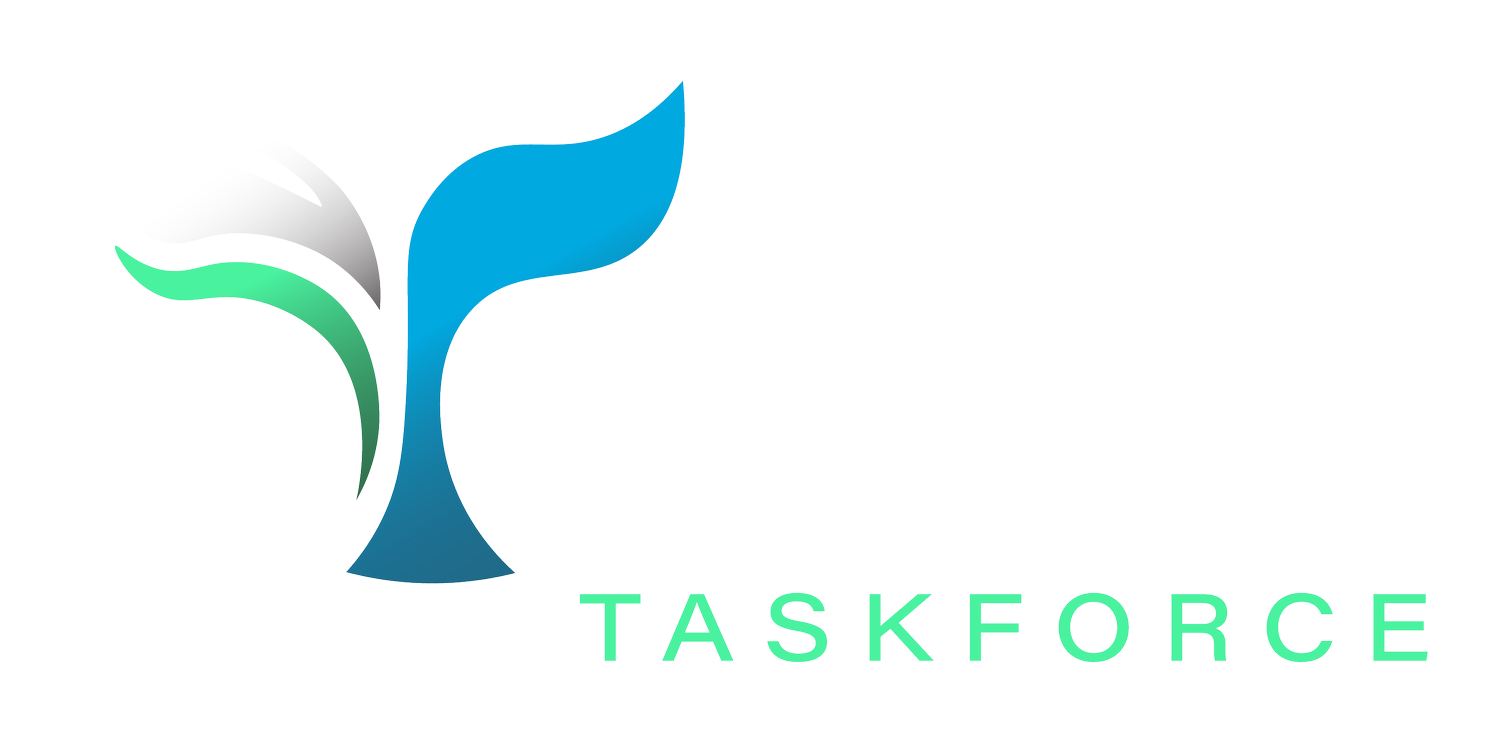FAQ
-
Is the technology to mitigate the risk of vessel strikes on marine mammals currently available?
Comprehensive tools for preventing vessel strikes on marine mammals are in development, not yet ready as off-the-shelf products. However, detection technologies like Möbius are operational, aiding in risk mitigation. The WAVS Taskforce is working to integrate these technologies to enhance marine life protection efforts, aiming for effective collision avoidance systems.
-
How can we be confident that these technologies are effective?
Our confidence is based on rigorous testing, scientific research, direct professional experiences, and data from pilot programs. The expertise within the WAVS Taskforce, which spans marine biology, risk analysis, and marine electronics, ensures that the technologies we support and encourage will work (and be reliable).
-
Why do some people doubt the readiness of this technology?
Skepticism often stems from outdated information or misconceptions about the state of technological advancements. The WAVS Taskforce is actively working to teach about current best-practices and provide up-to-date demonstrations of the effectiveness of technology that can do the job immediately.
-
What initiatives is the WAVS Taskforce undertaking to demonstrate the effectiveness of technology to stakeholders?
The WAVS Taskforce is rigorously cataloging existing technologies capable of detecting and monitoring NARW. We are assessing platforms for data collection and analysis to provide actionable information to vessel operators, and we’re collaborating with risk modeling experts to inform and shape effective mitigation strategies. We share outcomes and insights from pilot projects with the public, decision-makers, and resource managers to underscore our progress and results.
-
How can vessel operators be persuaded to adopt these technologies?
We encourage adoption by underscoring the safety and compliance benefits of these technologies, coupled with comprehensive training and incentives for early adoption. The WAVS Taskforce also supports enhancing accessibility through financial incentives and government support, which can significantly improve uptake rates.
-
What role can the finance sector play in addressing the vessel strike issue?
The finance sector has a pivotal role in fostering these technologies by investing in innovation, supporting R&D, and financing initiatives that prioritize marine life safety and ecosystem protection.
-
How can politicians support the implementation of these technologies?
Politicians can champion the widespread adoption of these technologies through legislative support, funding allocations for technological advancements, and public advocacy to emphasize the critical nature of marine conservation. Recognizing and endorsing the efforts of the WAVS Taskforce and its member organizations can also serve as a powerful catalyst for change.
-
How is the WAVS Taskforce addressing the issue of compliance with speed restrictions?
The Taskforce is leveraging technology to provide real-time feedback to vessels, which helps with adherence to speed restrictions. We're also collaborating with experts in spatial risk analysis to create more informed and practical management strategies.

